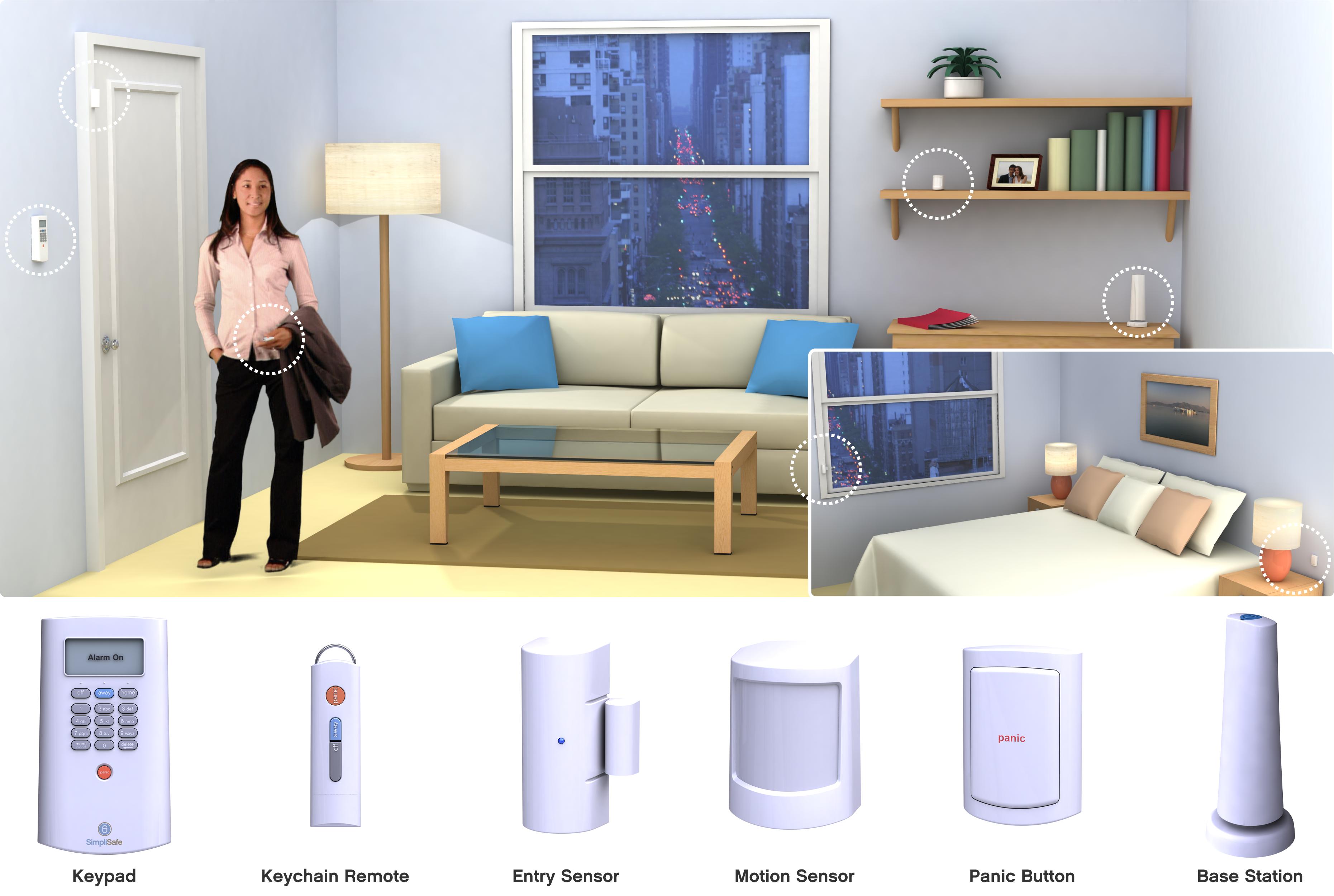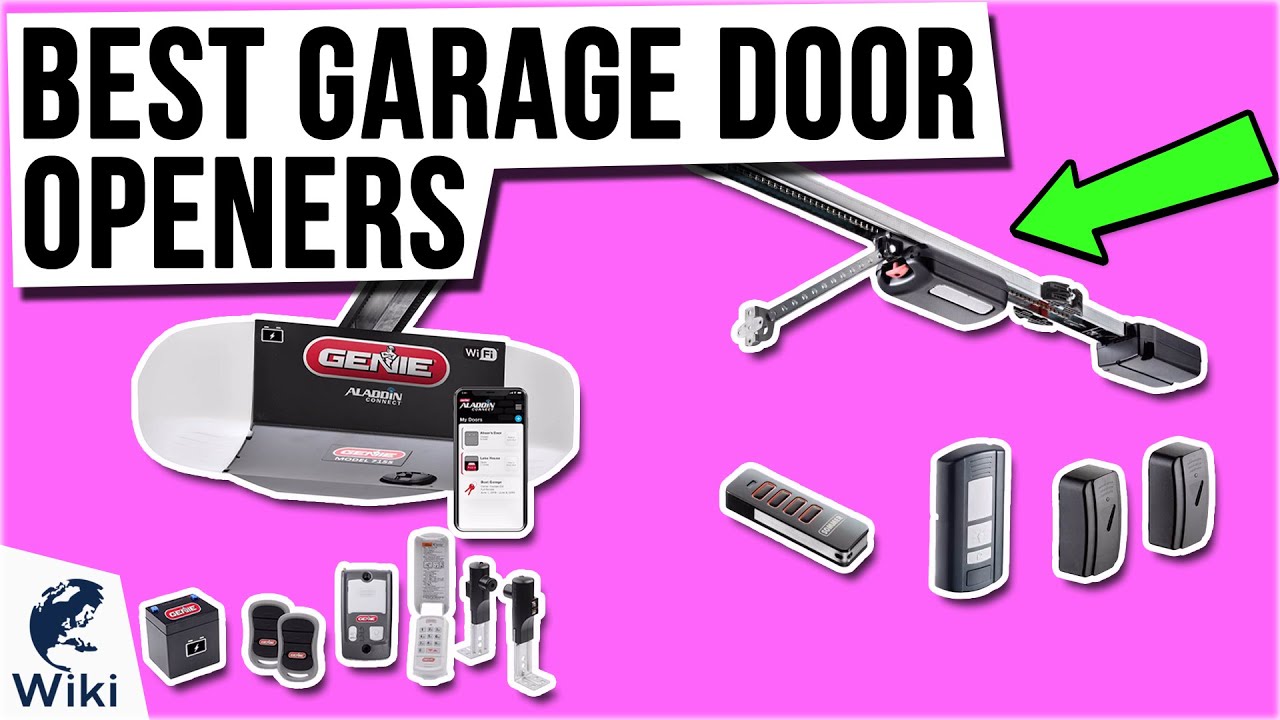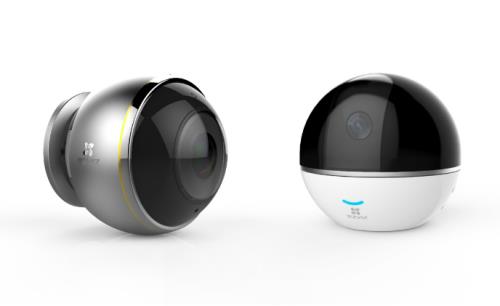
Nest Secure is a first attempt to make home security easy to use. It works for many users. Is Nest Secure good enough to replace conventional alarm systems?
Nest Secure has motion and doors sensors that are among its best features. These devices are small, and can easily be mounted on doors, windows and wall using the strong adhesive provided with the system or by screw mounts.
They're great for tracking when doors and windows are opened and closed, and they work very well with the motion sensor on your Nest cameras. These devices allow you to temporarily disarm your system in case you need to open the window or speak with a neighbor, while the alarm still is active.
You can easily change your password, or access your security options. You can control your whole house with the Nest app.

In addition to being able to check in at home from any device, you can get reminders of things like when you slept and how much light you've been using. It's an extremely useful feature, particularly for homeowners who have to keep track of their children or pets while they are not at home.
It is easy to add people or remove them from your home. Nest allows you to grant temporary access for a new housemate. You can add the person to your family, so that they will have access while you're away.
You can also set your alarm so that it sounds an audible warning when you depart. It will stop if you enter the house.
Nest Secure does have some downsides. They include its high price, and the fact that it doesn't support other smart-home ecosystems such Alexa and IFTTT. The Nest Secure system is a great option for anyone who wants to have a fully-connected security system.
The Nest Guard controller/keypad connects to the WiFi network of your home, and bridges any other Secure devices you may have (Tag, Detect etc.). The Nest app and your WiFi network. Nest Secure's heart is designed to look like a Google Home.

The Nest Guard can be disarmed by tapping it or any Nest Tags that are NFC-enabled. You can also disarm or arm the system by speaking commands in your Google Home Mini.
At first it can be a bit confusing, but after you learn how to use the system, you will find that it is very straightforward. The Nest Secure system was easy to set-up and customize. This is an easy way to start a home security program. It's also simple to add additional Nest products.
FAQ
Can I install my own security camera?
Yes! If you know how to install an alarm system, you can do it yourself. If you don't want to do it yourself, then hire an expert who will be able to help you install it properly.
What is the best home security system?
The number one home security system is the Ring Video Doorbell Pro. You can speak with anyone, anywhere and at any time using your smartphone. You can also capture video and send it to family and friends by text message or email.
What is the best home security program?
The most popular home security systems are ADT Pulse, Ring Alarm, Vivint Smart Home Security, and Protect America.
Statistics
- Related questionsHome security systems that are 100% DIY (safewise.com)
- (In my experience, the discount on my home insurance covered about 25 percent of the subscription of an average plan, but your mileage may vary depending on your location and the size of your home.) (theverge.com)
- Unlike other online safety services that charge up to 100 percent of your monthly fee, Cove charges no upfront fees and has no hidden costs.
- Cove sets you free without punishing penalties and fees, unlike other security solutions that charge 75% to 100% of your remaining contract. (safewise.com)
External Links
How To
How to Install A Home Security System
A home security alarm is a device that monitors the property and alerts you in case of any suspicious activity. It could be a motion detector, doorbell camera or smoke detector. A home security system typically includes one or more sensors, such as motion detectors. These sensors send signals when they sense movement or sound. The signals are then sent out to a control board where they can monitored and recorded. If there's something wrong, like someone breaking into your house, the control panel sends out an alert to your phone, tablet, computer, or voice assistant. The control panel will notify you immediately so that you can take corrective action.
The first step to installing a home security system is choosing the right type of sensors for your home. There are two types of sensors available: active and passive. Passive sensors aren't powered by batteries. They just detect sounds and vibrations in their environment. These include buzzers, sirens and doorbells. Active sensors transmit data by using electricity. These sensors include motion sensors and cameras.
There are many options for sensors. Each brand has its own pros and disadvantages. For instance, some sensors can be weatherproof while others don't. Some sensors have built-in speakers, so they can be heard even when you're not outside. Some work only indoors. Others are more complex, while some offer more advanced features like night vision.
After selecting the right sensors for your property and deciding on a manufacturer, you will want to make a selection. This will make sure that your sensors function well together. Your local hardware store should have plenty of options to choose from.
Once you've chosen a brand of sensors, you'll need to decide how many you want to buy. Most people start with one or two sensors, depending on whether they live alone or with family members. If you have plans to purchase additional sensors in the future, it might be worth buying more than you currently need.
Next, think about where you want them to go. Are they near windows or doors? Or are you happy to keep them hidden? Before placing them around your property, you should get permission. It is important to ensure they do not interfere with electrical outlets.
Now that you know where you want to put your sensors, you'll need a way to connect them to your control panel. Depending on your setup, you may need to purchase a power adapter or battery pack. Once everything is setup, you will be able to monitor your property.